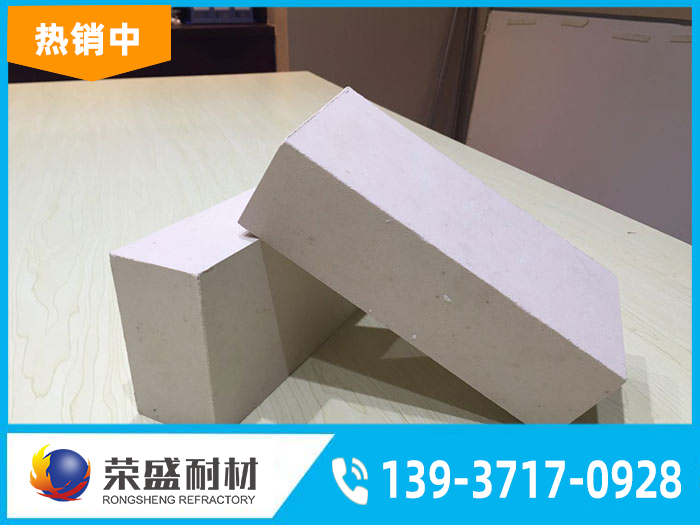Choosing the right lining materials for high-temperature melting furnaces is crucial for ensuring optimal performance and longevity. The linings serve as a barrier between the molten material and the furnace structure, directly impacting efficiency, maintenance, and safety.
.jpg)
When selecting refractory materials for your melting furnace, consider properties such as:
- Thermal Stability: Ability to withstand high temperatures without deformation.
- Chemical Resistance: Resistance to attacks from molten metals and slags.
- Mechanical Strength: Required to support loads and resist wear.

Some commonly used lining materials include:
- Lightweight Mullite Bricks: Known for low density and high thermal stability.
- Alumina Refractories: Offer excellent resistance to corrosion and thermal shock.
.jpg)
To ensure the best performance of your furnace:
1. Conduct thorough testing of material compatibility with the intended molten substances.
2. Engage with suppliers to acquire detailed specifications and performance data.
3. Consider implementing a regular maintenance schedule to check for wear and deterioration.

Choosing the right lining materials for your high-temperature melting furnace can significantly impact efficiency and operational costs. By following the guidelines outlined in this article, you can ensure a more effective and durable furnace lining solution.
